20+ Years Experience
Specialist Business Insolvency Company

Get in Touch Today to Speak to a Specialist Adviser
Are you considering liquidating your company but concerned about spending too much in the process?
You don’t need to sacrifice your budget to liquidate your company correctly.
The cheapest way to liquidate a company depends on the particular details of your situation.
Most of the time, you should talk to an experienced insolvency company to help you figure out what your options are and what the best thing for you to do is.
You need to know the right steps to take. Fortunately, we’re here to help.
This post will provide a step-by-step guide to successfully and cost-effectively liquidating your company.
Throughout the post, we’ll cover topics such as how to transfer assets, wind up liabilities and generally how to bring closure to a company cost-efficiently. So, if you’re ready to start, let’s dive in and explore the cheapest way to liquidate a company.
Are you a director in the UK struggling to repay a bounce back loan? Please speak to our team of licensed insolvency practitioners today for help with your company debt.
Liquidating a business is not easy, and there are many things to think about to do it right.
Understanding the different steps involved in liquidation is important, as it will provide insight into the resources required and potential pitfalls.
This section will provide an overview of the process and its potential complications.
The most basic definition of liquidation is to convert assets into cash or other forms of payment to settle liabilities with creditors or distribute ownership interests among shareholders.
The process typically begins with winding down company operations, followed by asset transfers and debt settlement. In many cases, companies have to finalise employees’ wages and benefits before any liquidation can occur.
A key aspect of the liquidation process is determining how much each shareholder receives from their shareholdings; this is accomplished by dividing the company’s remaining value among all shareholders after all debts have been paid off.
When evaluating the overall financial position of a company before the liquidation, it is possible to make a rough estimate of the total amount each shareholder will receive.
It is also important for shareholders to understand that the distribution may not perfectly align with the original amount invested in the company.
In addition, there are tax implications associated with liquidation that should be considered before taking action.
Certain factors, such as the size and type of business being liquidated, can potentially result in taxes being owed on all assets sold during this process.
These taxable items may include intangible assets such as copyrights or intellectual property rights. As such, businesses must plan accordingly when considering liquidating and factor in potential taxes owed.
One of the most difficult aspects of liquidating a company is dealing with disputes between parties or those who feel entitled to certain money or assets previously owned by the company.
These claims must be investigated and resolved for liquidation to move forward smoothly, which can significantly increase both time and costs associated with this process.
Liquidation is the legal process of dissolving a company by selling its assets and distributing any proceeds to creditors or shareholders.
This is typically done when a company needs a quick and efficient closure due to deteriorating financials, illiquidity, or losses from lawsuits or regulations.
It can also be used as an alternative to receivership, where a legal representative appointed by the court administers creditor claims and other business matters for an insolvent company.
The main benefit of liquidation is that it allows for the swift disposal of assets, which helps minimise potential losses or discrepancies among stakeholders. Furthermore, it may even lead to maximized returns if combined with careful asset management before the sale.
Some criticise liquidation for its materialistic approach and view it as a less sustainable option than other forms of corporate restructuring (e.g., Chapter 11 bankruptcy filings).
However, depending on specific circumstances, it may remain the only viable option for a distressed business needing immediate relief.
Due to liquidation’s various benefits and drawbacks, both parties must carefully consider their options before initiating this process.
The next section will overview all costs of liquidating a company.
The costs involved can be quite significant when liquidating a company. There are several factors to consider when calculating how much the process will cost, such as legal or accounting fees, asset valuations and brokerage fees for selling assets.
Depending on the size and complexity of the business, these fees can range from relatively low to quite high.
Aside from out-of-pocket costs, another cost to keep in mind is the opportunity cost associated with closing up shop. Depending on the business sector, liquidation could result in potential lost earnings and opportunities over the next few years that must also be considered.
When liquidating a company, it is in your best financial interest to ensure all costs are accounted for before beginning the process. Though you might receive a large amount of money during a liquidation sale, this doesn’t necessarily prevent you from having to incur some fees.
Consulting with an attorney or accountant beforehand should help clarify these fees and how best to proceed.
Once you have calculated all your estimated costs, it’s time to move on to preparing for liquidation.
Doing so involves vital steps such as separating personal assets from business assets and creating a list of creditors that need to be paid off.
With this important information, you can ensure liquidation moves as quickly and smoothly as possible.
As a business owner, preparing for liquidation is one of the most important steps in the process.
The business’s financial situation must be thoroughly assessed so the company can be liquidated in the most cost-effective manner possible. Here are a few tips to help you get started:
As businesses differ enormously in scale and structure, it is impossible to make a blanket statement about which method is best when preparing for liquidation; the ideal approach depends on a business’s circumstances.
Regardless of how you choose to proceed, keeping these four points in mind will help ensure that your liquidation proceeds smoothly and efficiently.
Now that we’ve looked at some steps for properly preparing for liquidation let’s move on to our next section, which covers identifying assets and liabilities before formally beginning the dissolution process.
Identifying assets and liabilities is one of the first steps when liquidating a company.
It is an important process as it allows you to understand the company’s financial obligations and provide an accurate assessment of what the company is worth.
When identifying assets, all items with monetary value should be considered. This includes everything from the physical property, such as vehicles and buildings, to intangible assets, such as intellectual property and any contractual agreements you have.
All accounts receivable, financial investments, and cash on hand also count as assets.
It’s equally important to look at liabilities when liquidating a company. Liabilities include anything that requires a future payment. An example could be long-term loans or mortgages, potential legal fees associated with closing the company, or even unpaid salaries and wages.
Understanding these figures will give you an accurate picture of how much money may be involved in liquidating the business and how close your estimated costs are to reality.
Asset and liability identification accuracy is critical when determining the appropriate liquidation route taken after dissolving the business. This careful step is necessary before you can move on to winding up your company.
You should know the required actions and associated costs when winding up your company.
The process of liquidating a business can take anywhere from several months to several years, depending on the size of the company, level of complexity, and ease of access to required records.
Before winding up your company, reviewing relevant laws and regulations is best practice to ensure compliance.
First and foremost, you must place an advertisement in an approved journal informing creditors that you have started winding up your company. You will also need to contact creditors if they are unaware of your intentions.
Note that more formal arrangements may be made with creditors and members to affect the liquidation speedily and economically.
For companies registered with Companies House, you must file a copy of either Form 362 or Form 363 – a statement confirming that you are in the process of winding up your company – after which your company’s legal status will change from a live limited company to a ‘dissolved’ limited company, no longer able to conduct official business.
At this point, you should also create formal minutes for creditors’ meetings detailing how much each creditor is owed, who will act as liquidator etc. This also requires notice to be sent separately to all creditors who are yet to be informed of your intentions.
You must also keep accurate accounts throughout the process, recording income and expenditure on behalf of all creditors or shareholders; failure to do this could have serious financial repercussions.
It is important to note here that bankruptcy and insolvency processes are available that may better suit your particular situation. Bankruptcy is best suited to individual debtors in financial distress, whereas insolvency is intended for businesses unable or unwilling to pay their debts.
Each has its own procedural requirements, which must be adhered to when pursuing either action, so you must understand them before proceeding further.
To ensure success, it is advisable to consult a licensed insolvency practitioner before making any commitments regarding the dissolution process; their advice may save needless delays or further expenses when approaching creditors’ meetings.
Once a company liquidation process is underway, it is time to hold creditors meetings.
This allows creditors to discuss the distribution of funds and any other potential benefits or losses. One common point of contention between creditors is the order in which their claims should be satisfied.
It is important for both sides to remember that all claims are legally protected; this means that no creditor can receive preferential treatment unless they can prove their claim’s priority.
These meetings can range from informal discussions among creditors to more formal gatherings with attorneys present to mediate disputes.
These meetings’ goal should be to reach consensus agreements that are legally enforceable and beneficial to all involved parties.
During the meeting, it is essential to take conscious notes and carefully document any agreements made during these proceedings.
Once an agreement has been reached on the payment priority, it is up to the appointed administrators of the liquidation process to begin distributing funds to creditors according to the decisions made during their meetings.
Once all the taxes and debts owed by the company have been paid off, it’s time to distribute funds.
Depending on the company liquidation method chosen, this process can differ. For example, in a transfer of assets method, proceeds from selling assets may need to be distributed to shareholders and creditors.
When distributing funds from a total liquidation, the most common approach prioritises creditors before any other entities entitled to the proceeds. Some states have detailed laws for how funds are distributed in such situations.
Typically, this is done on a pro-rata basis, meaning payments are made equally among creditors with similar priorities based on the amount owed to each creditor.
Suppose the remaining funds aren’t fully sufficient to cover what is owed to all creditors and shareholders. In that case, those who aren’t paid in full may accept partial payment or decide to pursue legal action against the company.
All steps related to the distribution of funds must comply with applicable laws, especially if shareholders are involved. Some jurisdictions view shareholder distributions differently than creditor distributions regarding corporate windups.
Now that we’ve looked at the distribution of funds, let’s move on to actively seeking buyers for company assets to increase the overall value of liquidated assets and potentially maximize returns for stakeholders.
One way to liquidate a company is to seek buyers for its assets. This could include selling physical assets, like office equipment or machinery, and intangible assets, such as intellectual property or brand recognition.
The proceeds from these sales will then be used to pay off any debts the company may have incurred and provide shareholders with a return on investment.
There are advantages and disadvantages to this approach when it comes to liquidating a company.
On the one hand, seeking out buyers can help maximize the funds received from the liquidation process.
There is an opportunity to negotiate through multiple offers and find the highest bidder for each asset. Additionally, if a buyer agrees to pay in instalments over time, this could provide additional support during the liquidation period.
On the other hand, pursuing potential buyers can be time-consuming and costly without the assistance of a professional experienced in mergers and acquisitions.
It also adds another layer of complexity to the process that could have been avoided if you opted for a different approach altogether.
Some buyers may demand exclusive rights for certain assets or require lengthy contracts that complicate matters and make it difficult to move forward with other potential purchasers.
Actively seeking out buyers for company assets is one possible way of liquidating a company. However, there are tradeoffs worth considering before deciding whether this route should be taken.
It is no secret that closing or liquidating a company can be a very expensive and time-consuming process.
Fortunately, with the right strategy and advice, it is possible to liquefy a company in the most cost-efficient manner without sacrificing the quality of service.
Ensuring that all creditors are paid in full should be your primary objective; get a good lawyer specialising in corporate liquidation to help you identify and pursue various options for minimizing costs and ensuring compliance with all laws, regulations, and obligations.
Additionally, take advantage of asset sales, as these may bring in more funds than a simple winding down.
At the end of the day, however, there is no cheapest way to liquidate a company; the best solution will depend on each individual’s situation.
That being said, doing your homework and exploring all avenues should ensure that you can find an efficient solution tailored to your needs.
As with any major decision, consultation with legal advisors will often provide an additional layer of security when sorting out the details of a corporate closure or liquidation.
The amount of time it takes to liquidate a company can vary significantly depending on the size and complexity of the company.
In general, it is estimated that companies should expect to spend anywhere from three to six months on the process.
Additionally, if any litigation is involved, or if additional steps must be taken due to laws in the particular jurisdiction, the time frame could be extended even further.
To reduce the time needed for liquidation, experienced professionals familiar with the process and filing requirements should be consulted to ensure all required steps are being taken properly and efficiently.
Moving quickly with key decisions and filings is also important to avoid unnecessary delays.
When a company is liquidated, creditors can be significantly impacted as they may have insufficient funds to compensate for their losses.
In some cases, creditors may lose all their invested funds if the insolvent company does not have enough assets to cover its liabilities.
This risk is especially high in bankruptcy cases, where creditors do not prioritise settling debts or reclaiming assets from the liquidation process. Additionally, liquidation can be lengthy and costly since it involves resolving various legal and financial issues.
Creditors must also bear the costs associated with the transition period, such as legal fees, administrative overhead costs and identity verification expenses.
Furthermore, when creditors are not paid any money during the liquidation process, they may struggle to recoup their investments for years following the closure of the company.
Here are some other informative articles about business debt in the UK:

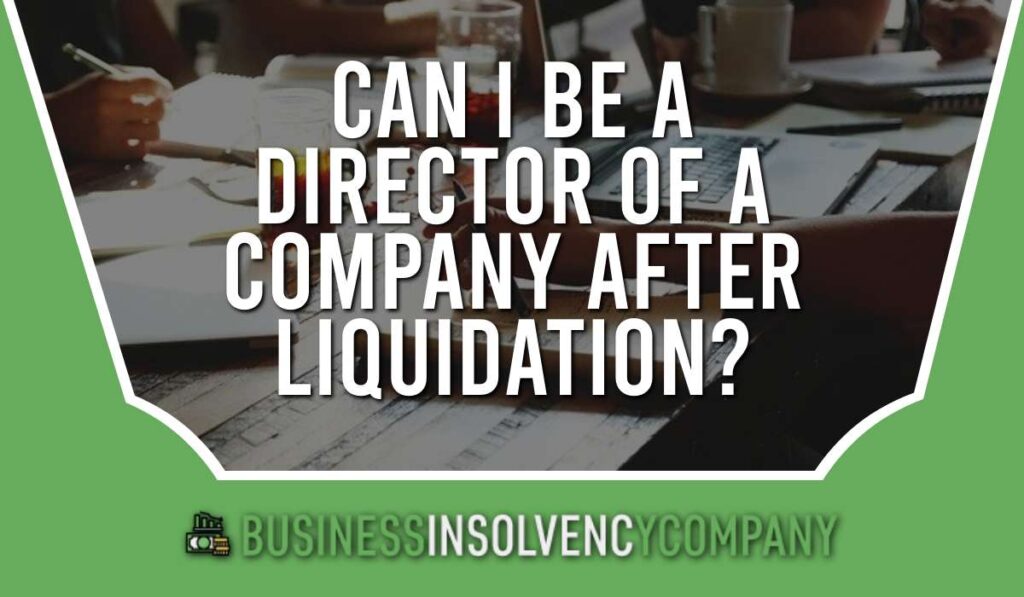


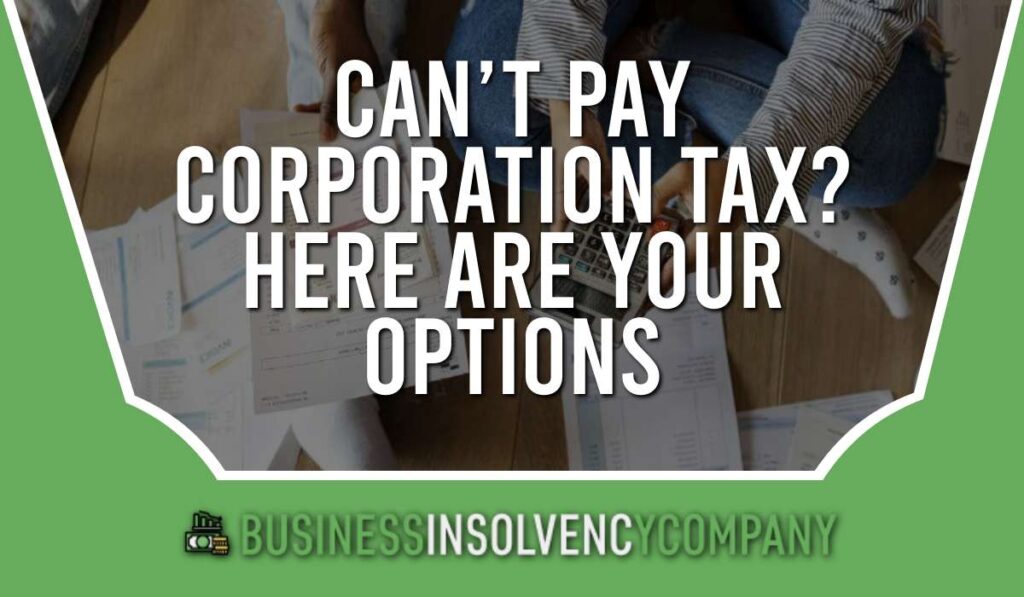
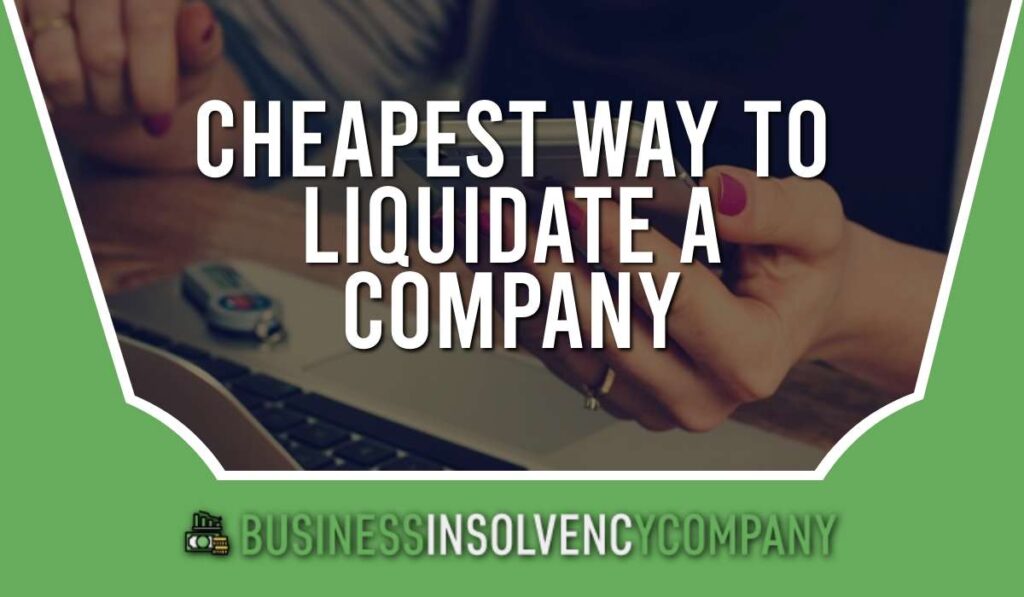
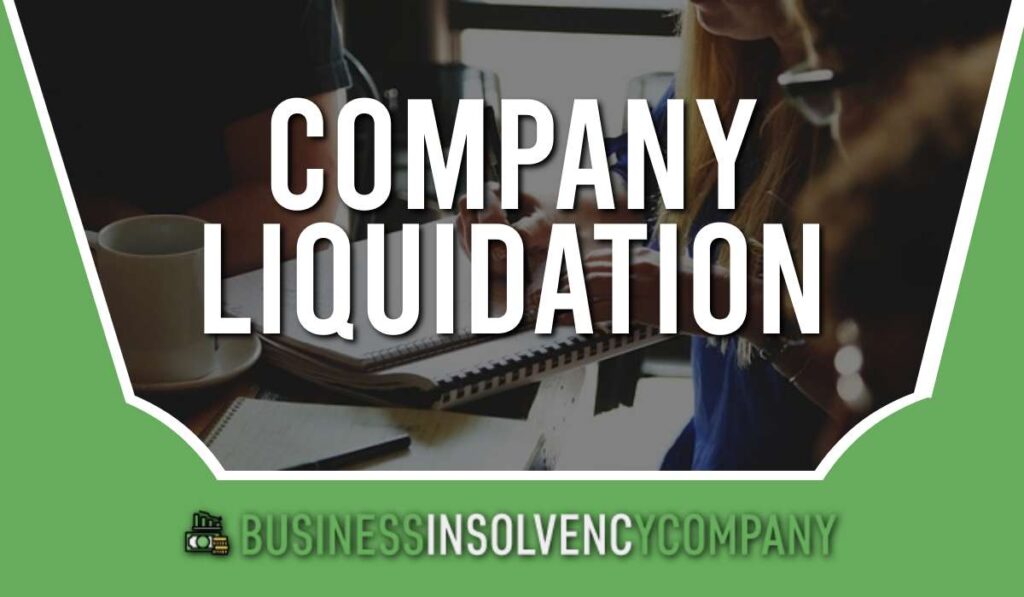
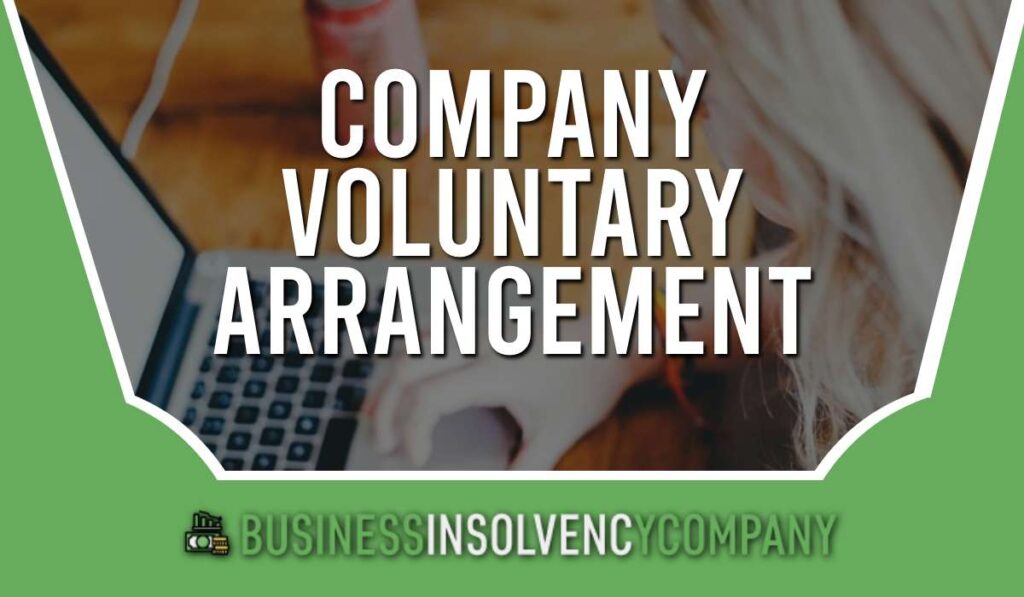

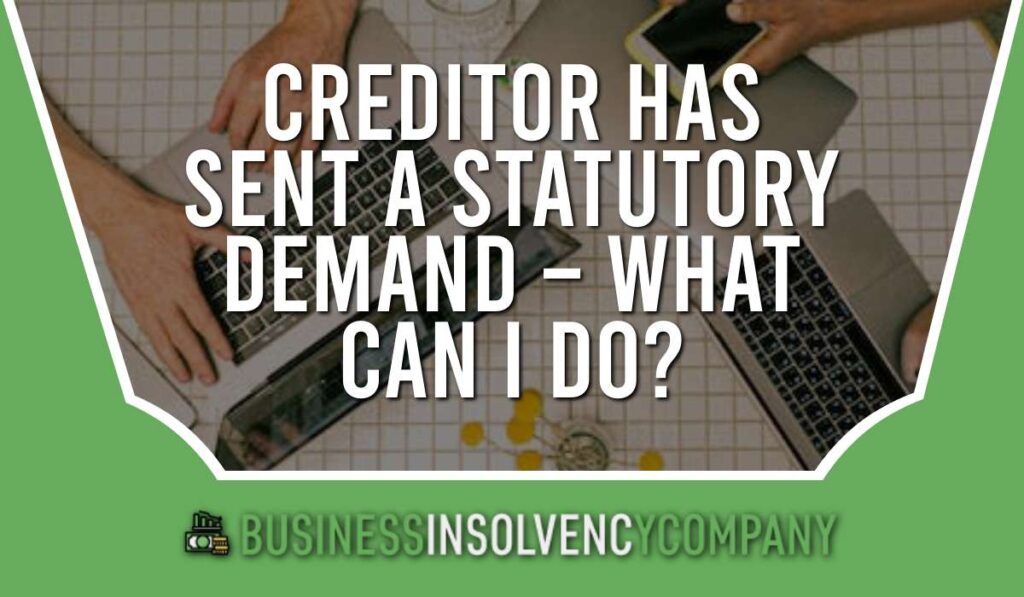
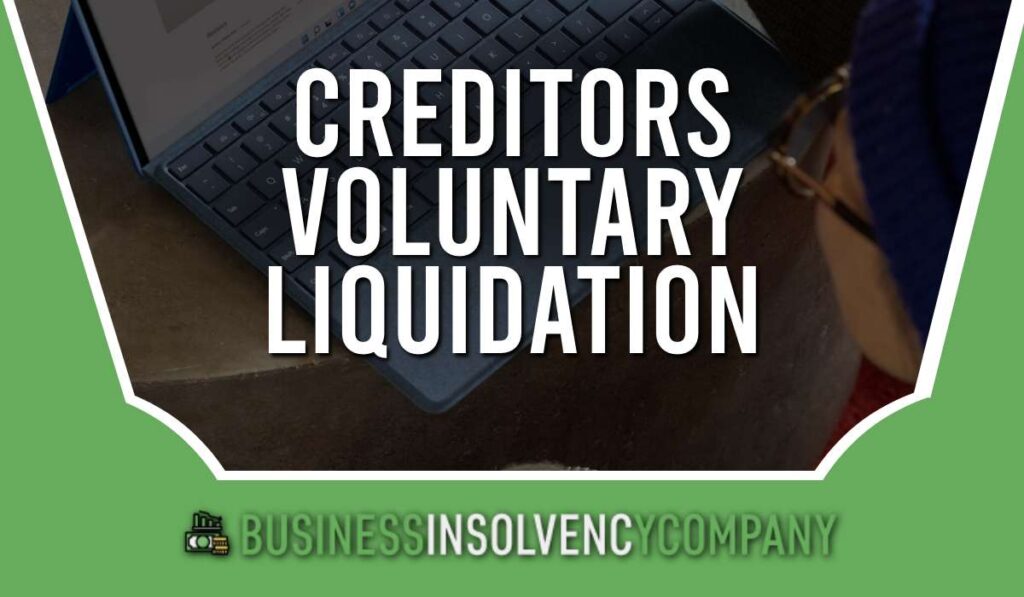
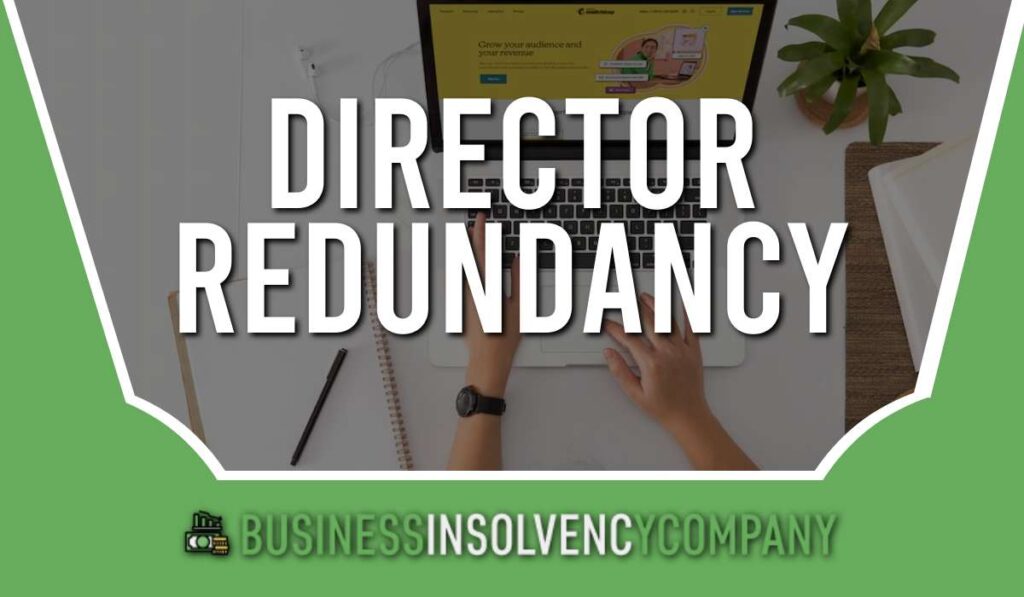
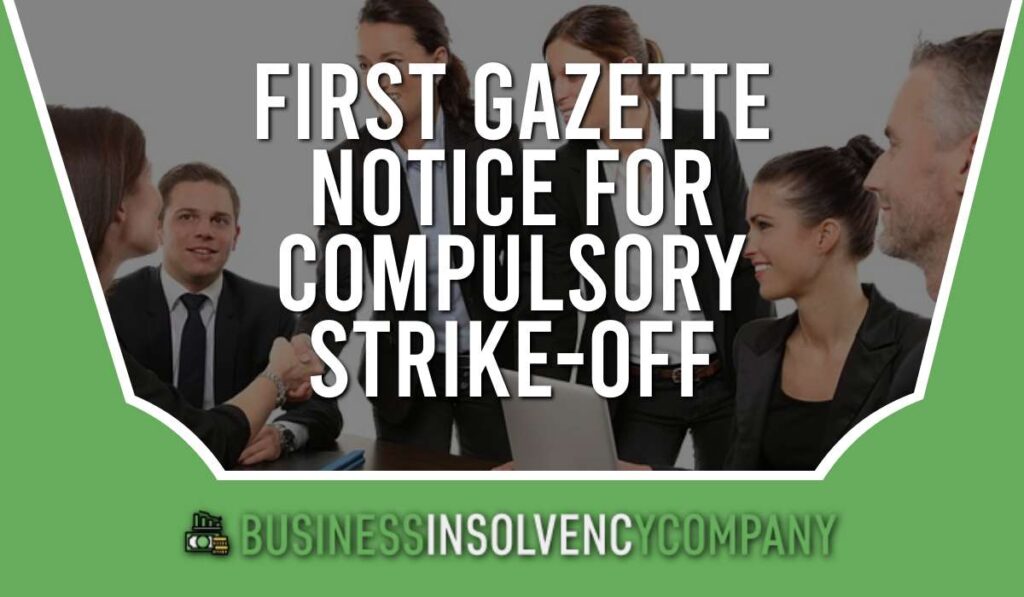
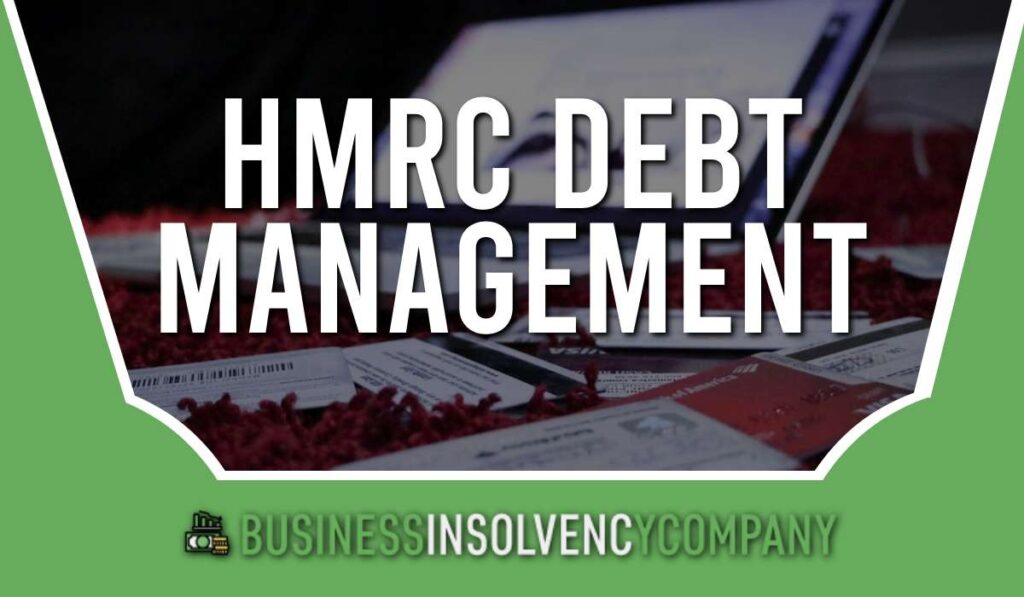

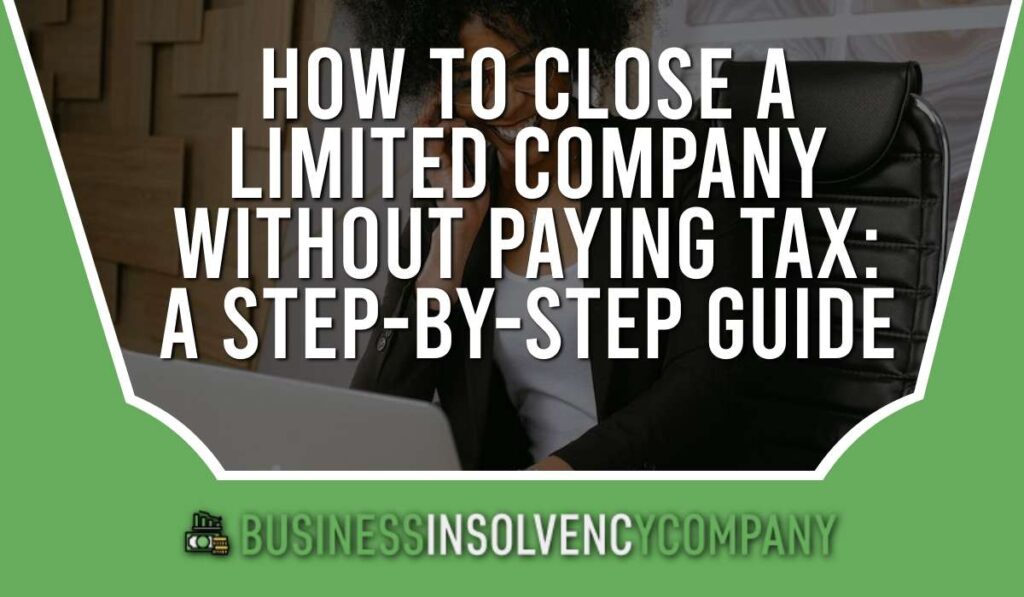
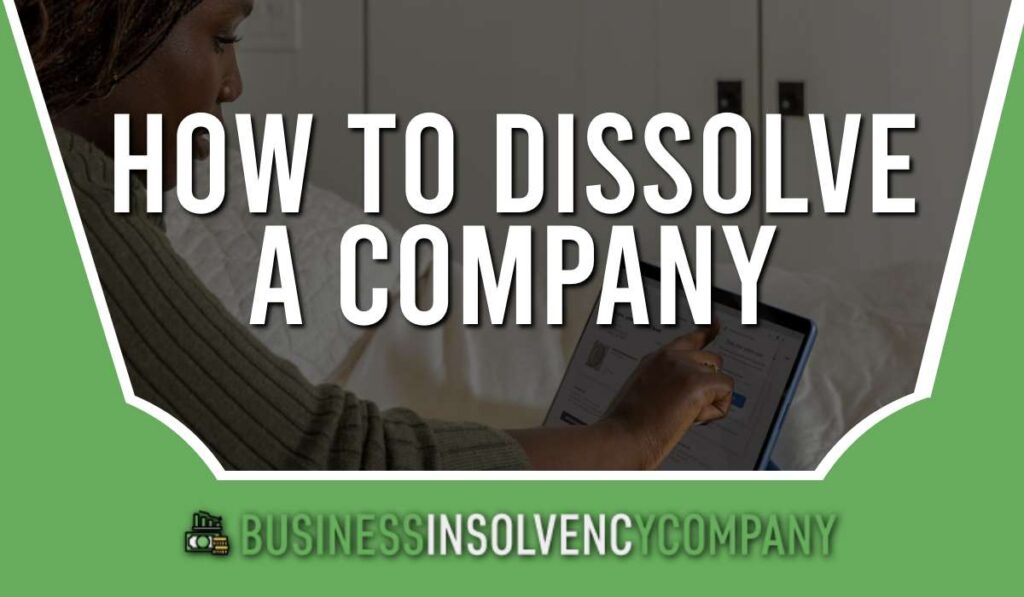



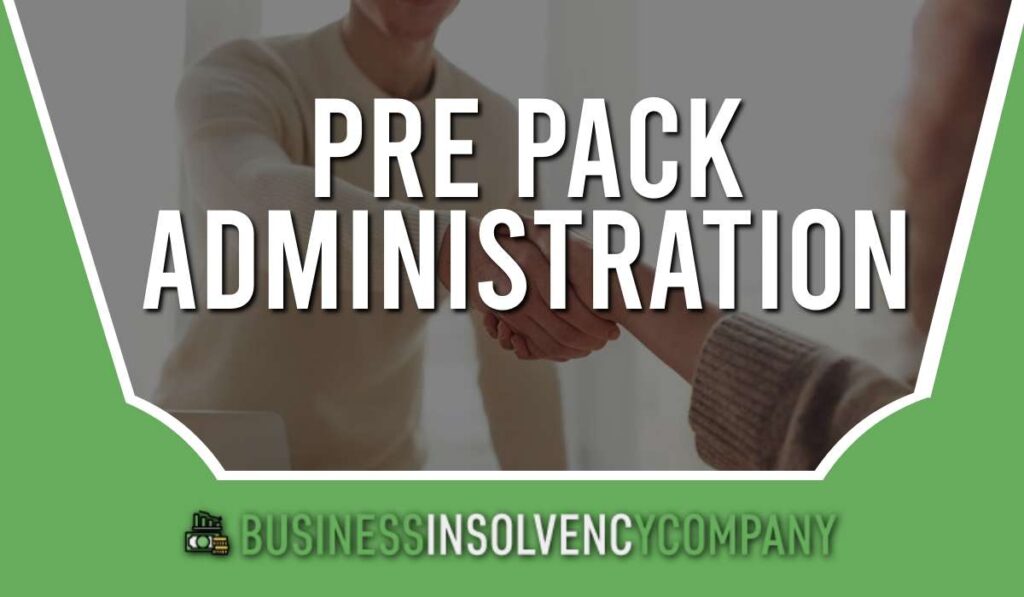





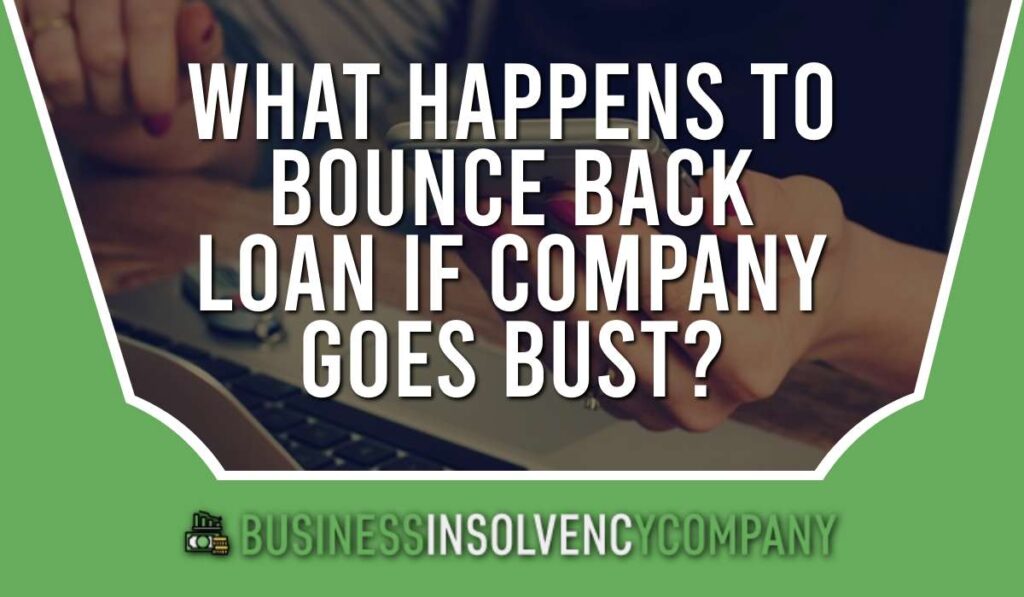
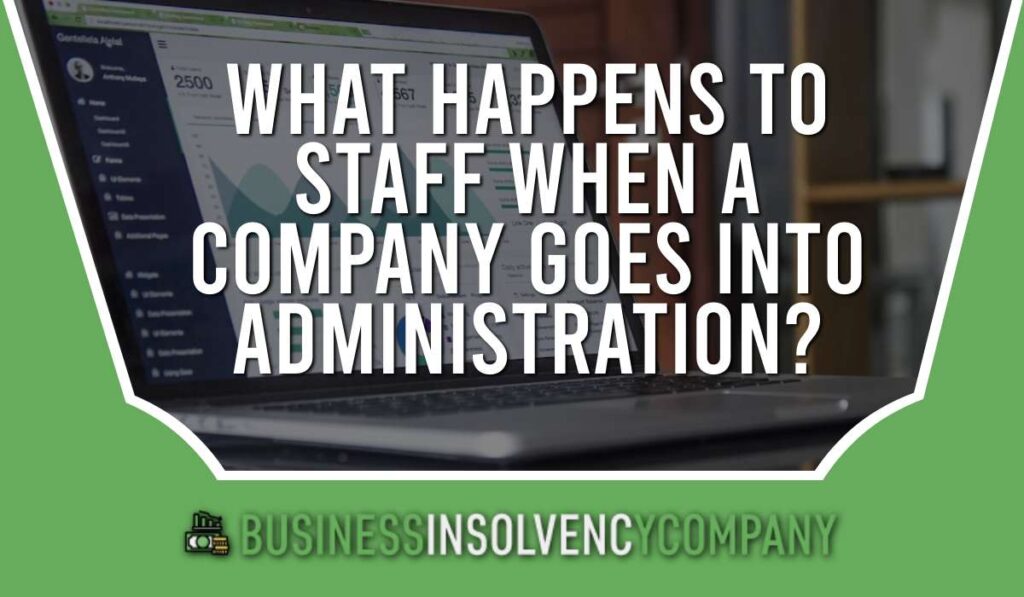

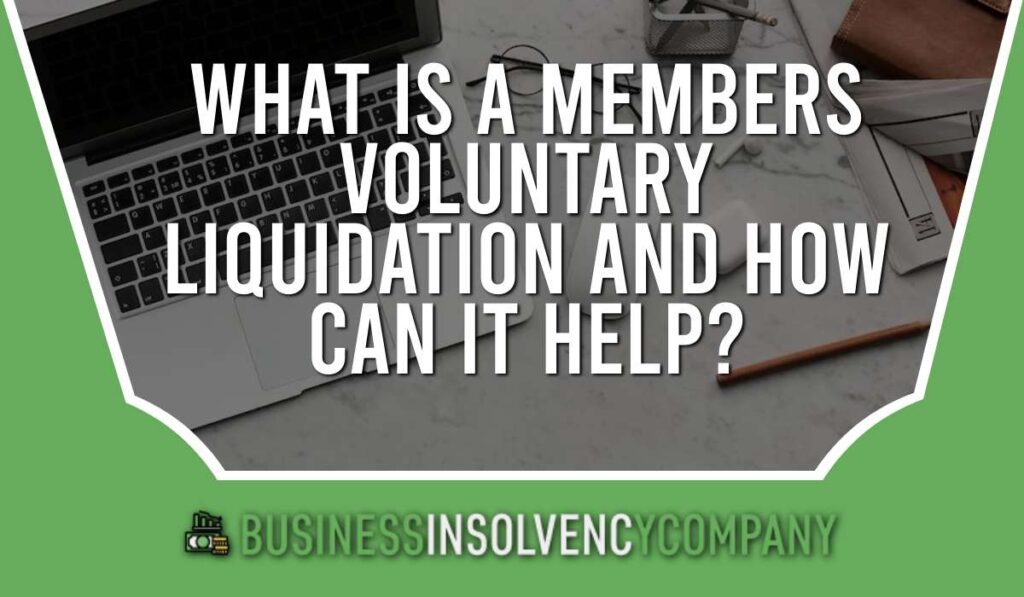

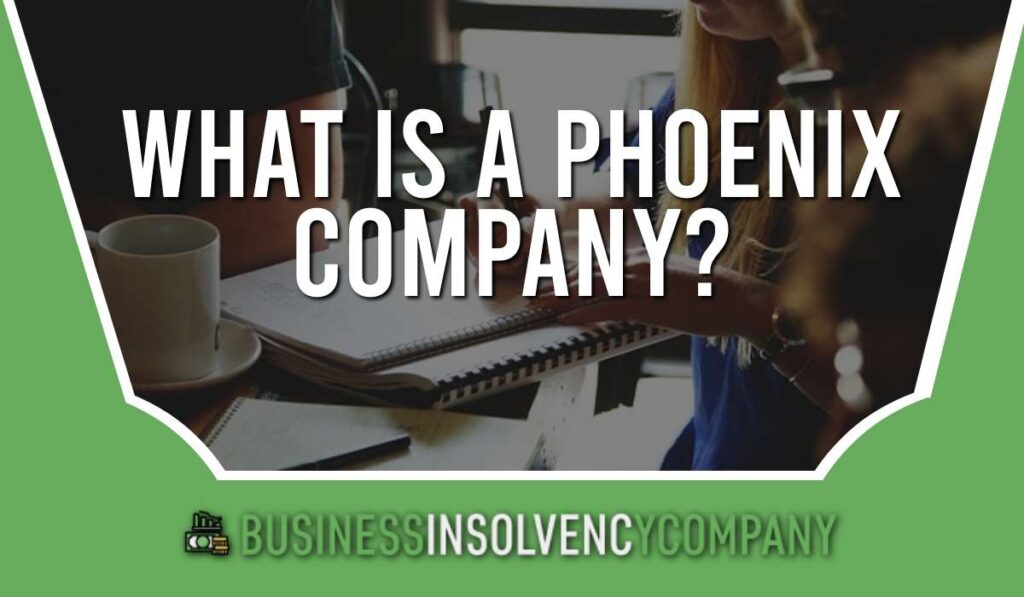

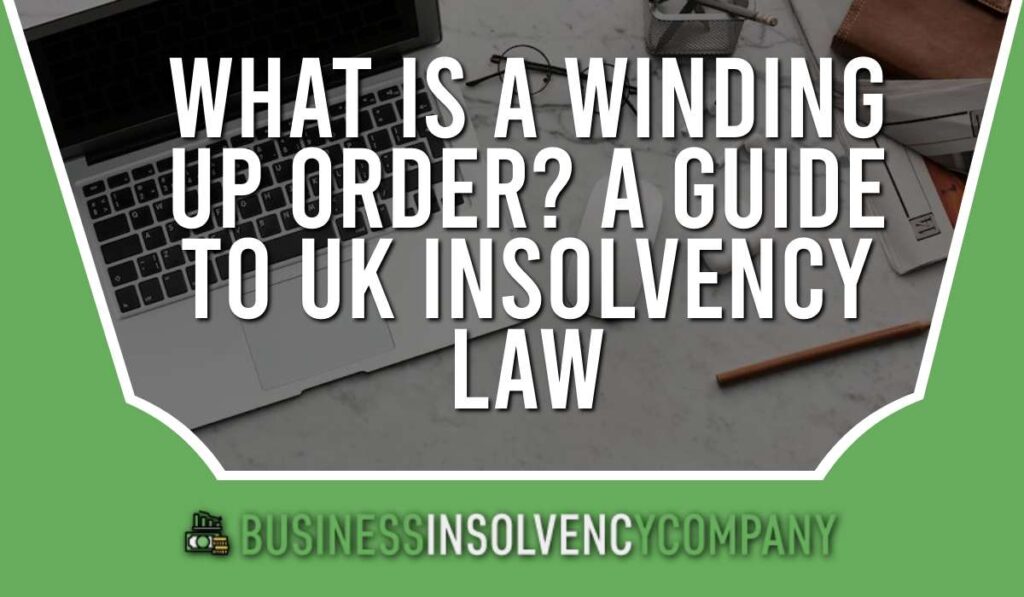




We Aim To Reply To All Enquiries With-in 24-Hours